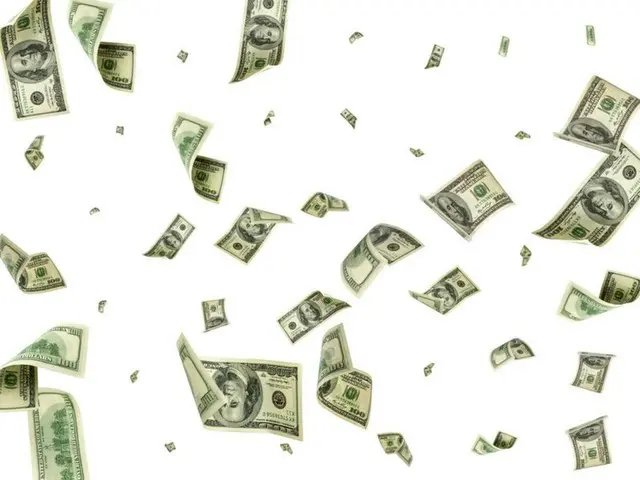According to documents submitted by the Bank of Korea on the 3rd to Park Sung Hoon, a member of the National Assembly's Strategy and Finance Committee, from 2021 onwards,
As of June this year, 1.964 billion coins had been damaged and discarded, with a face value of 13.5636 trillion won (1.4207 trillion yen).
Banknotes accounted for the majority, with 1.657 billion pieces and a total value of 13.525 trillion won (1.4166 trillion yen), while coins accounted for 307 million pieces and a total value of 1.4166 trillion won.
The amount of damaged coins discarded is estimated to be 38.6 billion won (approximately 4 billion yen). The number of damaged coins discarded is expected to increase from 403 million in 2021 to 413 million in 2022, 484 million in 2023, and 2024.
In 2014, the number of discarded coins reached 475 million, and as of June this year, the number reached 189 million. Although the use of currency is gradually declining and the amount of discarded coins is decreasing, last year 120 million coins were discarded.
If all the coins discarded over the past four years and six months were laid out side by side, the total length would be 244,737 km, the Gyeongbu Expressway (415 km), and the
The Bank of Korea explained that this would be the equivalent of 295 round trips of the Lotte World. If these were stacked on top of each other, the height would be 679,292 meters, 77 times the height of Mount Everest (8,849 meters), and
The height of the banknotes is 1,244 times that of the Tower of Korea (555 meters). According to the Bank of Korea, some of the damaged banknotes were burned or damaged by moisture while being stored in a jar.
In some cases, the coins were exchanged for coins thrown into a pond, and in other cases, the coins were collected from cars being scrapped at a junkyard. The discarded coins are sold to companies specializing in the production of non-ferrous metals, and a profit is made.
The Bank of Korea will receive the money from the incinerator, while the discarded banknotes will be disposed of by paying a fee to the incinerator. The proceeds from the sale of the discarded coins will be included in the miscellaneous income account on the Bank of Korea's income statement.
Over the past five years, 420 million won (approximately 44.02 million yen) has been invested in the amortization of discarded banknotes.
110 million won (approximately 11.52 million yen) in 2020, 110 million won in 2022, 120 million won (approximately 12.57 million yen) in 2023, and 70 million won (approximately 12.57 million yen) in 2024.
7.33 million won (approximately 1.04 million won) in the first half of this year. The total amount of coin sales over the past five years has been 19.91 billion won (approximately 2.087 billion yen).
Looking at it separately, the forecast is 7.4 billion won (approximately 775.53 million yen) for 2021, 3.79 billion won (approximately 397.19 million yen) for 2022, and 1.09 billion won (approximately 110.1 million yen) for 2023.
4.23 million won in 2019, 6.38 billion won (approximately 668.63 million yen) in 2024, and 1.25 billion won (approximately 131 million yen) through the first half of this year.
"It is a serious matter that hundreds of millions of banknotes and coins are burned, torn, and incinerated every year, even though cash payments are declining," said Rep. Park Sung Hoon.
"This is a wasteful spending," he said, adding, "The Bank of Korea needs to step up its public relations efforts to reduce the costs of exchanging and disposing of damaged currency."
2025/10/03 11:47 KST
Copyrights(C) Herald wowkorea.jp 85

